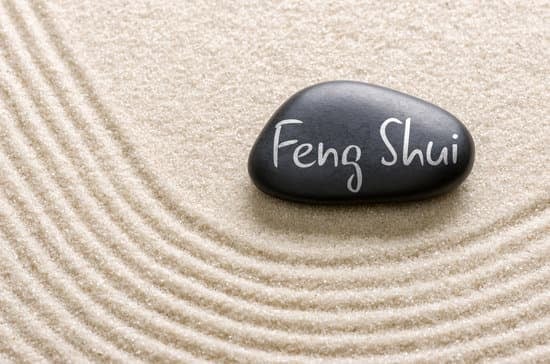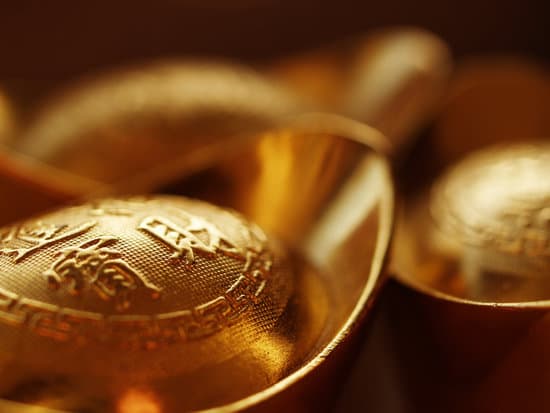Journaling to Help with Stress
Dear Daughters, Journaling to Help with Stress is a great idea. It can help you process your thoughts and feelings, and it can provide
Feng Shui is a centuries-old Chinese practice that revolves around the placement of objects in order to improve one’s life. Nowadays, it has become more popular as an aesthetic choice and way to bring balance into a home or office. Despite its growing popularity, why has the practice persisted for so long? And why do people continue to believe in its power even after scientific evidence suggests otherwise? In this blog post, we will explore some of the reasons why Feng Shui has persisted for so long and shed some light on the scientific controversies surrounding the practice.

Feng Shui is a Chinese practice that relates to the placement of objects, spaces and people in order to ensure good luck and peace. The practice has been around for over 5,000 years and is based on the understanding that everything has an energy.
There are many different versions of Feng Shui, but the basic idea is to use objects, colors, spaces and people to create positive or negative energy. This can be done for both personal and public spaces. For example, if you have a negative energy office space with lots of physical clutter, you might place some plants or flowers there to create a more positive atmosphere.
Similarly, if you want to attract positive energy into your home or office, you might place items that represent happiness such as mirrors, figurines of smiling children or pictures of happy families. You can also try adding symbols like wind chimes or jadeite stones to symbolize prosperity and good health.
Today, feng shui remains an important part of traditional Chinese medicine, especially in regards to placement of furniture and decoration.
The theory behind feng shui is based on the analogy that all objects and places have a natural energy that can be disturbed by negative thoughts or emotions. By balancing these energies, practitioners are able to improve the flow of qi and bring good luck and prosperity to their clients.
There are many different techniques used in feng shui, but the most common involves placing objects in specific locations in order to create balance within a room or home. Some common methods include:
– The Five Elements: In classical feng shui, each element (fire, earth, metal, water, wood) is associated with a specific section of a room. By positioning furnishings according to these elements, practitioners are able to create an overall balance within the room.
– Zodiac Signs: Feng shui advisors often recommend adjusting decorations and layouts according to sign placements within a home. This is done in order to help improve the luck or fortune of those residing there. For example, house plants may be placed near the signs of a homeowner’s zodiac sign for extra protection and success.
The purpose of feng shui is to optimize the flow of Qi (energy) and eliminate negative energy in your environment. The practice has been around for over 2,000 years and is still used today to improve the quality of life.
There are a few basic principles behind feng shui that you should be aware of:
1. Location is key! Feng shui considers your immediate surroundings when designing your home or office. Choose furniture that fits in with the layout and decor of the room, and make sure all fixtures are located in appropriate places.
2. Color plays an important role in feng shui theory. Choose colors that are calming and soothing to promote a positive mood and healthy mind/body connection. When selecting paint or furnishings, keep in mind the colors adjacent rooms. For example, blue may be helpful in reducing anxiety in one room but could conflict with green in another adjoining room creating tension.
3. Feng shui also depends on placement of objects within your room as well as their size, shape, and orientation. Items that have symbolic meaning can have a dramatic impact on how Qi flows through your space (for example: an image of a dragon near water will create more q)

In traditional feng shui, there are five elements that are essential to a room’s health: wood, fire, earth, metal and water. Each element has its own unique abilities that can help improve the livability of a space.
Wooden objects in a room should be placed near the door or windows to encourage fresh air and light into the space. Fireplaces and hot tubs can add warmth and energy, while plants can absorb negative energy and make the room feel more alive. Water features such as fountains and ponds can help reduce stress levels and promote harmony in the room.
1. Location: The first step in feng shui is locating your room. You’ll want to take into account what parts of the home are energy producers and what parts need more attention.
2. Sectors and Elements: Once you know where your room is, it’s time to assigns sectors and elements to each corner. The goal is to keep energy moving and balanced through these areas of your home.
3. Colors: Next, choose colors that will create a calming atmosphere in your room. Blue and green are especially beneficial for this purpose.
4. Furnishings: Place items that will help keep your energy flowing in the right direction throughout your room, such as plants or lamps with specific symbols associated with Feng Shui.
5. Accessories: Finally, add any other necessary objects to create an inviting space for you and your family to relax in.
The practice of feng shui, or “wind and water” in China, has been around for centuries. The principles of feng shui were used to manage the flow of energy in an environment in order to improve the quality of life.
There are many ways to apply these principles in your home. One way is to use items like furniture, plants, and color schemes. Another way is to think about how you can orient your home so that good chi (energy) flows through it.
You can also try using feng shui tools like pendulums and dowsing rods. When you use these tools, be sure to follow the instructions that come with them so that you don’t harm any energy or properties in your home.
As Always,
Loves Mom
Dear Daughters, Journaling to Help with Stress is a great idea. It can help you process your thoughts and feelings, and it can provide
Dear Daughters, Journaling can be a helpful way to reflect on your day, process and organize your thoughts, and connect with yourself and others. Many
Dear Daughters, Journals are a great way to keep track of your thoughts, ideas, and observations. You can use different types of journals to document
Subscribe to my weekly newsletter!
1 Comment
I do trust all the ideas youve presented in your post They are really convincing and will definitely work Nonetheless the posts are too short for newbies May just you please lengthen them a bit from next time Thank you for the post